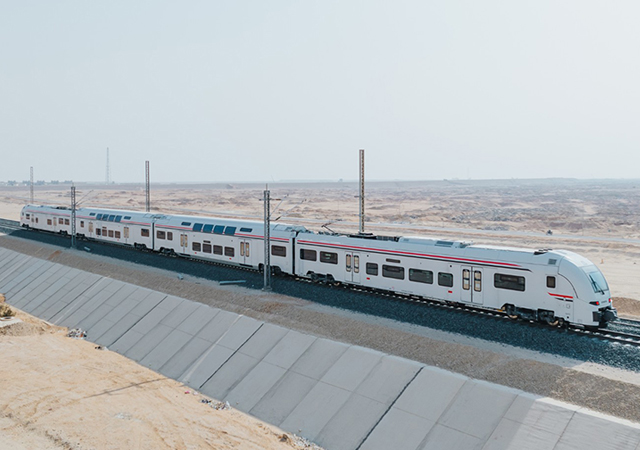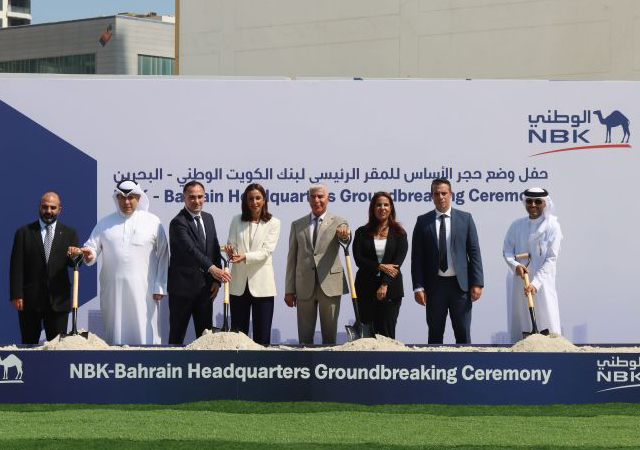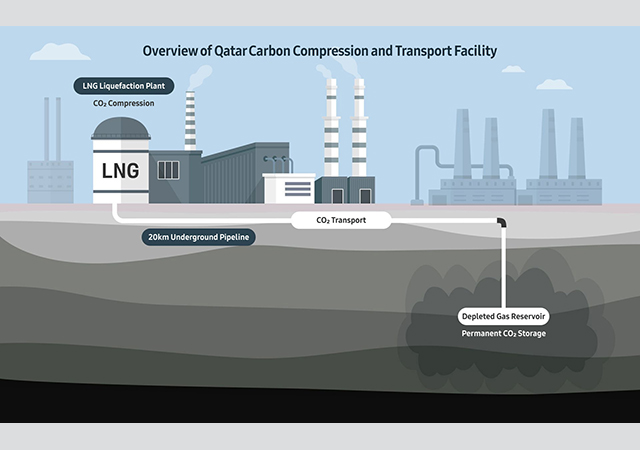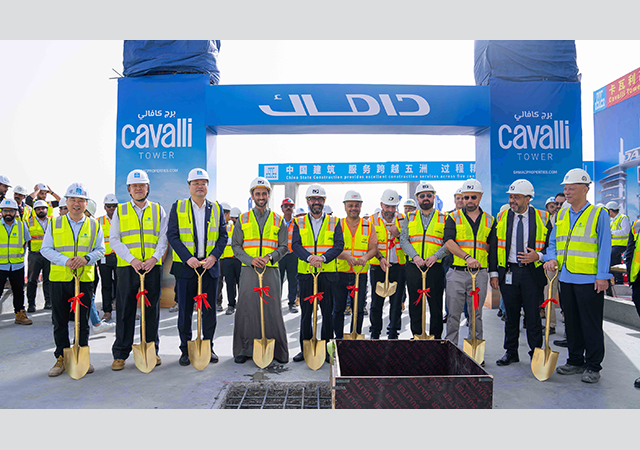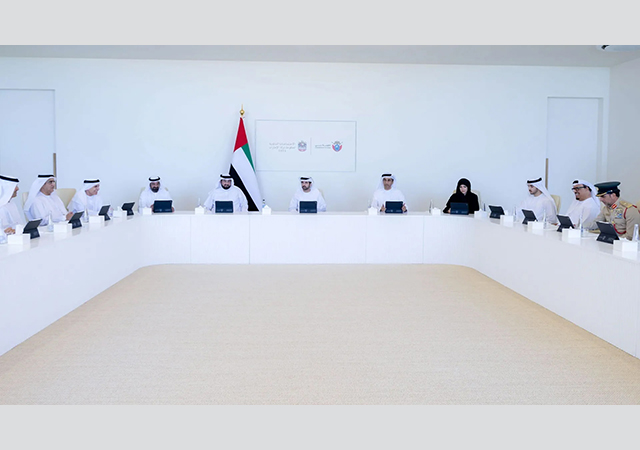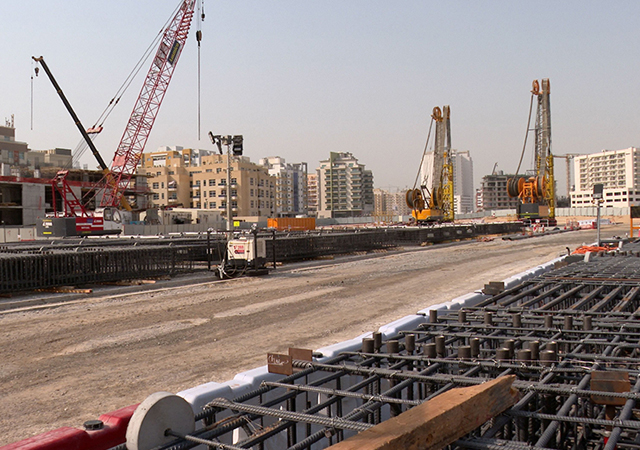
 Halliday … robust record-keeping is essential.
Halliday … robust record-keeping is essential.
EPC (engineering, procurement, and construction) contracts emerged in the 1970s and 1980s as a response to the increasing complexity of large oil, gas, and power projects. By bundling all three project phases into a single agreement, the contractor is responsible for delivering the entire project. This delivery model is now also commonly used for infrastructure developments.
In EPC contracts, typically, the contractor manages all phases of the project, making for a streamlined process with a single point of communication and often significant risk transfer.
A key feature of EPC contracts is Front End Engineering Design (FEED), which follows concept design and helps secure budget approvals before tender. The FEED then guides detailed design and engineering. Previously, the FEED contractor was liable for guarantees and resolving issues, but now the EPC contractor assumes this responsibility upon contract award.
The complexities that can arise in EPC contracts demand full collaboration between the owner and contractor from the early stages of the project with particular attention to the critical triangle of cost, time, and quality at every stage.
In construction projects, disputes typically arise when the cost-time-quality triangle fails. Project owners must identify and communicate objectives and constraints clearly. Balancing cost, time, and quality requires considering the project’s unique requirements and driving factors.
The Royal Institute of Chartered Surveyors (RICS) provides guidance on “Conflict avoidance and dispute resolution in construction”, primarily for quantity surveyors, but is valuable for all project teams.
RICS identifies ambiguity or unclear risk definitions as major factors leading to disputes, affecting several critical areas:
Contract documentation: The contract outlines the rights, obligations, and risks for both parties and must reflect the project’s specific needs, including risk allocation and pricing options. Clear risk allocation and proactive management can prevent conflicts, while ambiguity can lead to disputes. Some risks in EPC arrangements can be better managed through an Engineering, Procurement, and Construction Management (EPCM) approach.
In EPCM, the contractor handles detailed design and project management, offering owners greater control and flexibility. For contractors, EPCM involves lower risks and offers better payment terms, often with cost reimbursable options.
Collaboration: Although EPC contracts are specifically designed to reduce the number of interfaces between the owner and contractor, maximising the benefits of these agreements relies heavily on cooperation and collaboration where a team of multiple parties operates under the control of a single contractor. This enables proactive management of risks, liabilities, and responsibilities resulting in improved time management and greater certainty of costs.
Proactive project management: Most EPC contract mechanisms are prospective, requiring proactive management from both parties in handling their obligations and promptly and addressing any issues as soon as they emerge by engaging proactive management tools.
Understanding the client’s objectives: The contractor’s understanding of the owner’s objectives is crucial throughout the project. This understanding aids in decision-making, preparing proposals, and maintaining strong working relationships.
A solid grasp of the FEED is essential in developing the design and avoiding elements that were not required by the FEED. In addition, careful consideration is required to prevent immature designs which can lead to buildability issues, clashes between packages involving site resolution that may lead to delays and cost overruns.
Proactive contractor management: The owner must fully understand the project, regularly monitor progress and address any concerns proactively and objectively. This approach promotes team collaboration and problem-solving, with a focus on project delivery.
Effective design management: Under an EPC contract, the contractor assumes full design responsibility. The owner should specify their desired involvement, including approval processes. Both parties must strictly adhere to these requirements.
An effective measure is allowing the contractor to endorse the FEED within 90 to 120 days, enabling early identification of required changes, dramatically reducing disputes.
Appointing a single contractor for both FEED and EPC scope minimises design-related disputes by ensuring consistency and reducing ambiguities between the design and engineering teams. While EPC projects are not designed for excessive changes, robust change management is crucial to maintain cohesion and avoid conflicts.
Robust record-keeping: Establishing and maintaining accurate records is fundamental to any project. The key risks associated with poor records, applying to both parties, include:
• Making real-time decisions regarding cost, quality, or time based on unreliable records;
• Being unable to support claims during a conflict, which can lead to adversarial relationships between the parties.
Poor record-keeping can erode trust and shift the focus away from the project to handling claims. Contractors should substantiate change requests with contemporaneous records to avoid rejection and escalation.
Conclusion
In summary, EPC contracts benefit large projects but involve distinct phases with inherent risks. Success in dispute avoidance relies on proactive project management, understanding of the contract, and addressing issues early.
Effective management includes risk allocation, communication, cost and time monitoring, reporting, and change management. Robust record-keeping is essential for informed decisions, maintaining trust, and reducing dispute risks.
* Kasia Halliday is Director, Disputes and Investigations at Alvarez and Marsal (A&M), a leading global professional services firm.




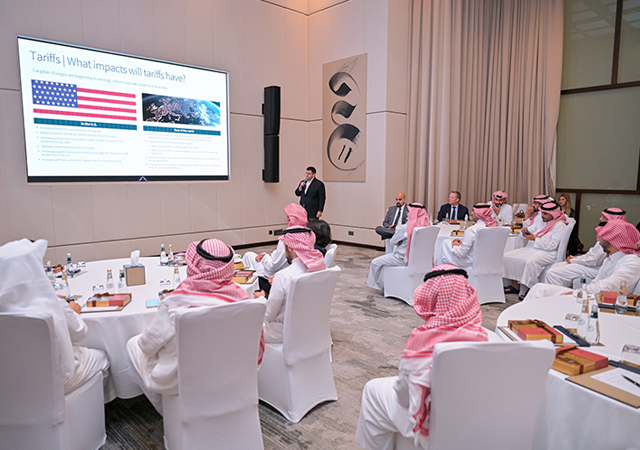



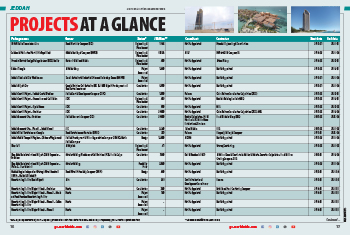






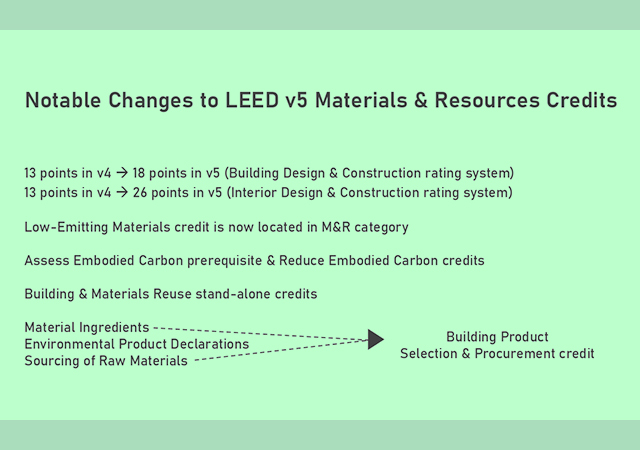
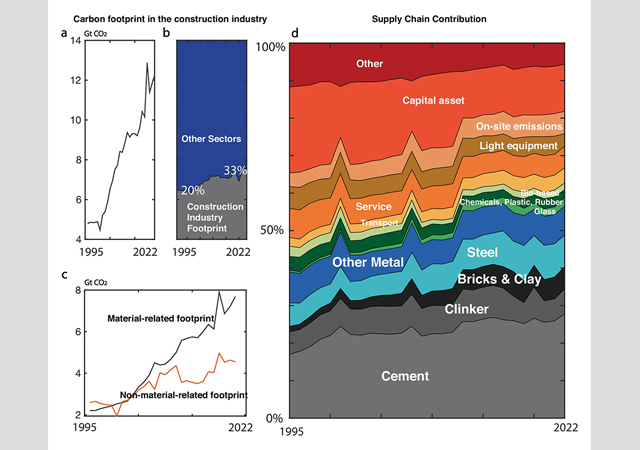
.jpg)

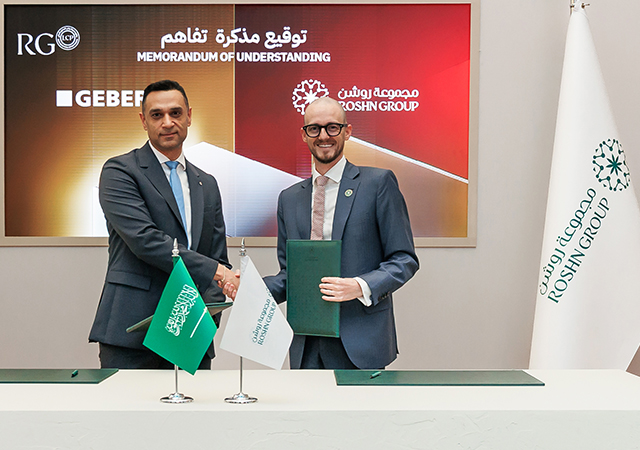











 (1).jpg)






